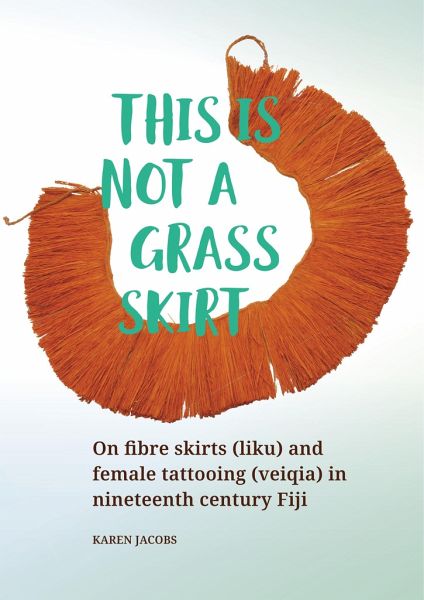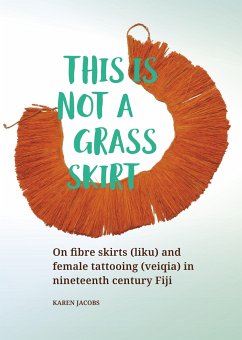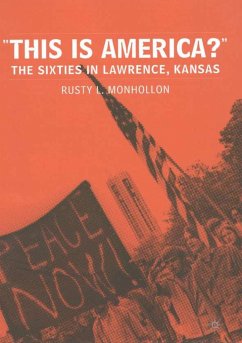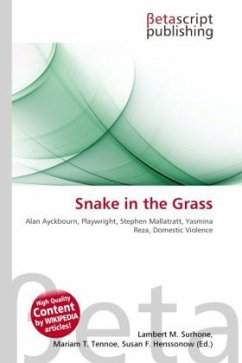
This is not a grass skirt

PAYBACK Punkte
16 °P sammeln!
The Pacific 'grass skirt' has provoked debates about the demeaning and sexualised depiction of Pacific bodies. While these stereotypical portrayals associated with 'nakedness' are challenged in this book, the complex uses and meanings of the garments themselves are examined, including their link to other body adornments and modifications. In nineteenth-century Fiji, beautiful fibre skirts (liku) in a great variety of shapes and colours were lifetime companions for women. First fitted around puberty when she received her veiqia (tattooing), women's successive liku were adapted at marriage and d...
The Pacific 'grass skirt' has provoked debates about the demeaning and sexualised depiction of Pacific bodies. While these stereotypical portrayals associated with 'nakedness' are challenged in this book, the complex uses and meanings of the garments themselves are examined, including their link to other body adornments and modifications. In nineteenth-century Fiji, beautiful fibre skirts (liku) in a great variety of shapes and colours were lifetime companions for women. First fitted around puberty when she received her veiqia (tattooing), women's successive liku were adapted at marriage and during maternity, performing a multiplicity of social functions. This book is based on a systematic investigation of previously understudied liku in museum collections around the world. Through the prism of one garment, multiple ways of looking at dress are considered, including their classification in museums and archives. Also highlighted are associated tattooing (veiqia) practices, perceptions of modesty, the intricacies of intercultural encounters and the significance of collections and cultural heritage today. The book is intended for those interested in often neglected women's objects and practices in the Pacific, in dress and adornment more generally and in the use of museum collections and archives. It is richly illustrated with rare and previously unpublished paintings and drawings, as well as many examples of liku themselves. ContentsAcknowledgmentsNote on Fijian OrthographyGlossary1. Fibre Skirts, Tattooing and the Museum2. Liku, Veiqia and the Adorned Body3. Collecting Liku and VeiqiaDifference: liku, veiqia and early visitorsDomesticity: clothing transformationsCuriosity: colonial bodies4. Classifying Liku and VeiqiaLiku: lost in translationVeiqia as museum objects5. On Separations and ConnectionsList of Illustrations and Credit LinesBibliography Index












